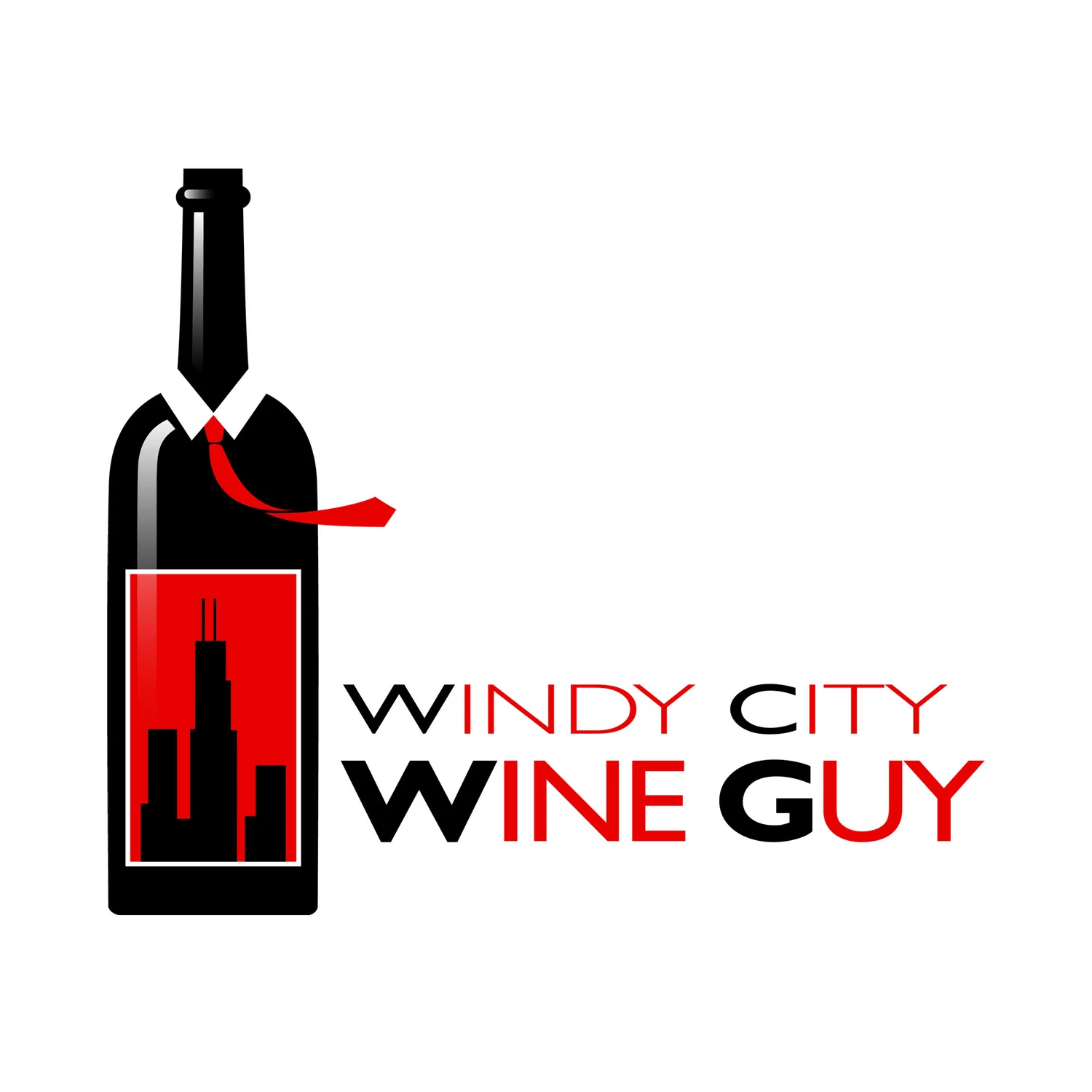Tasting Notes: Useful, Yet Harmful?
/ Have you ever read the back label of a bottle of wine and been more confused than before you picked that bottle up? Ever read a wine magazine tasting note or review and said,"What are you smoking, and can I have some?"! As a sommelier, I've talked to many people who get so confused or turned off by these, that they just end up asking for a "house" wine, or forego the grape altogether and grab a beer. So what's the deal with all the big, exotic words used to describe these wines and how do you know you'll like them? Here's a guy's eye view to what to expect:
Have you ever read the back label of a bottle of wine and been more confused than before you picked that bottle up? Ever read a wine magazine tasting note or review and said,"What are you smoking, and can I have some?"! As a sommelier, I've talked to many people who get so confused or turned off by these, that they just end up asking for a "house" wine, or forego the grape altogether and grab a beer. So what's the deal with all the big, exotic words used to describe these wines and how do you know you'll like them? Here's a guy's eye view to what to expect:Most of the questions I get regarding this subject sound something like this: "so does this wine really have cherries in it?" or,"do they really make that wine with blackberries and plums?". Follow this tasting note from Wine Spectator about Etienne Guigal's 2006 Côtes du Rhône (CDR):
"A textbook version, with mesquite and tobacco weaving through a core of crushed plum and blackberry fruit. A licorice edge frames the lightly grippy finish."
If I take a look at this through the eyes of a wine novice, I would have a hard time figuring out what's going on. How do they flavor this wine and is it made with all those fruits? Well, the first thing to remember is almost every wine you see in reviews and shops/stores are made solely out of grapes (some are made with other fruits, but it will always be stated on the front label). These reviews and "tasting notes" are simply that: an expert telling you what flavors they pick up through smell and taste of particular wines.
Wines are fermented fruit juice, with most wines available to us made of grapes. A large number of factors influence how the finished wine tastes when it reaches your palate: how the grapes lived their summer life, how they were fed (fertilized), what kind of weather they experienced, what pests, molds, funghi they encountered, how they were aged, was oak used, etc. The vineyard, farmer, and winemaker have the biggest impact on the finished product. You should also be weary of your vendor and how the wines were stored. Many factors can also affect a wine after it's in the bottle as well: light, temperature variation, vibration and moisture.
Once you come to learn these few facts, you shouldn't be intimidated- just use the tasting notes as a guide to find what kind of wines you like. Some wines are described to taste like gooseberries, figs, black tea, raisins, graphite, etc. Just because this reviewer picked up these notes does not mean you will and it also doesn't mean you will pick up totally different notes. But if you don't think you'd like any of those flavors, move to the next wine. You can also laugh (like I do!) at some of the descriptors. I've found Kenya AA coffee, shiso leaf, briar, crème fraiche, Pastis, acacia blossom, maduro tobacco and quince paste to name a few. I've also seen other funny references like loamy edge, cocoa tinged toast, broad-shouldered, providing undercarriage and smoldering finishes. Sometimes the descriptors are almost as entertaining as the wine!
Also, if you're a beer guy, don't think that tasting notes are only for the wines. One of my favorite sites, Beer Advocate, gives taste descriptors, beer reviews and tasting notes to almost any beer on the market. Plus, many of the descriptors can sound just as hawty tawty as wine ones.
So just be aware of the reviews, but the most important thing to do is to make your own- and enjoy!



 Chicago's Best Palate 2009. Four reputable sommeliers. Three wines, blind tasted. About thirty guests in attendance, blind tasting the same wines. The pressure was on!
Chicago's Best Palate 2009. Four reputable sommeliers. Three wines, blind tasted. About thirty guests in attendance, blind tasting the same wines. The pressure was on! also takes a bit of knowledge and deductive reasoning. By using your senses, you can rule out certain varietals and wine regions in the world, while narrowing down the your choices.
also takes a bit of knowledge and deductive reasoning. By using your senses, you can rule out certain varietals and wine regions in the world, while narrowing down the your choices. Consulting is the winner of Chicago's Best Palate 2009! Congratulations! Also, congratulations goes out to our Amatuer Audience Best Palate Winner, Addie Braun, who went away with two wines donated
Consulting is the winner of Chicago's Best Palate 2009! Congratulations! Also, congratulations goes out to our Amatuer Audience Best Palate Winner, Addie Braun, who went away with two wines donated  by
by 